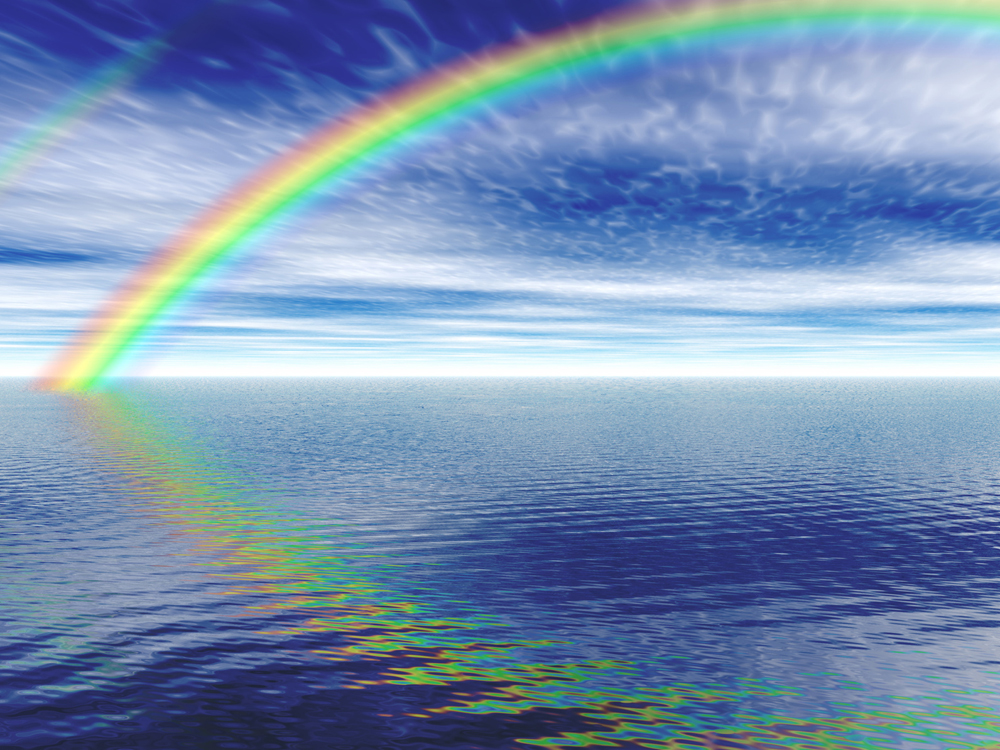
Have you
ever wondered how a rainbow occurs? I know I have many times. By the time you
finish reading this post, I hope you will understand how a rainbow is formed.
Also, I hope you will have knowledge of where the sky is the most beautiful on
Earth.
Rainbows
happen when sunlight and rain combine with each other in a specific way. When
the Sunlight comes down to earth, the light is white. But when this light hits
raindrops at a certain angle when coming down, the different colours that make
up the beam separate. This is when we see all of the different colours of a
rainbow. There are seven colours in a rainbow- red, orange, yellow, green,
blue, purple and violet. So, how do all of these colours appear at once? Rainbows
appear in seven colours because the water droplets break sunlight into the
seven colours of the spectrum. You get the same result when sunlight passes
through a prism. So the water droplets are just acting as prisms. The light
turns each raindrop into one colour, depending on the angle it came in,
resulting in us seeing one colour coming from each raindrop. All the light
coming from different angles makes up the seven colours of a rainbow!
The sky is
the most beautiful in Svalbard in Norway. Here you can see the ‘Northern lights’.
The Northern lights are a physical phenomenon that occurs when
electrically-charged particles from the sun hurtle towards the earth. This
light becomes visible when the particles collide with gases in the earth’s
atmosphere. This can only be seen from the magnetic poles. The polar light in
the northern hemisphere is called aurora borealis - or northern lights - while
the polar lights in the southern hemisphere are called aurora australis -the
southern lights. Below is a picture of the incredible Northern lights.
I hope you enjoyed reading my Blog! Bye for now!



